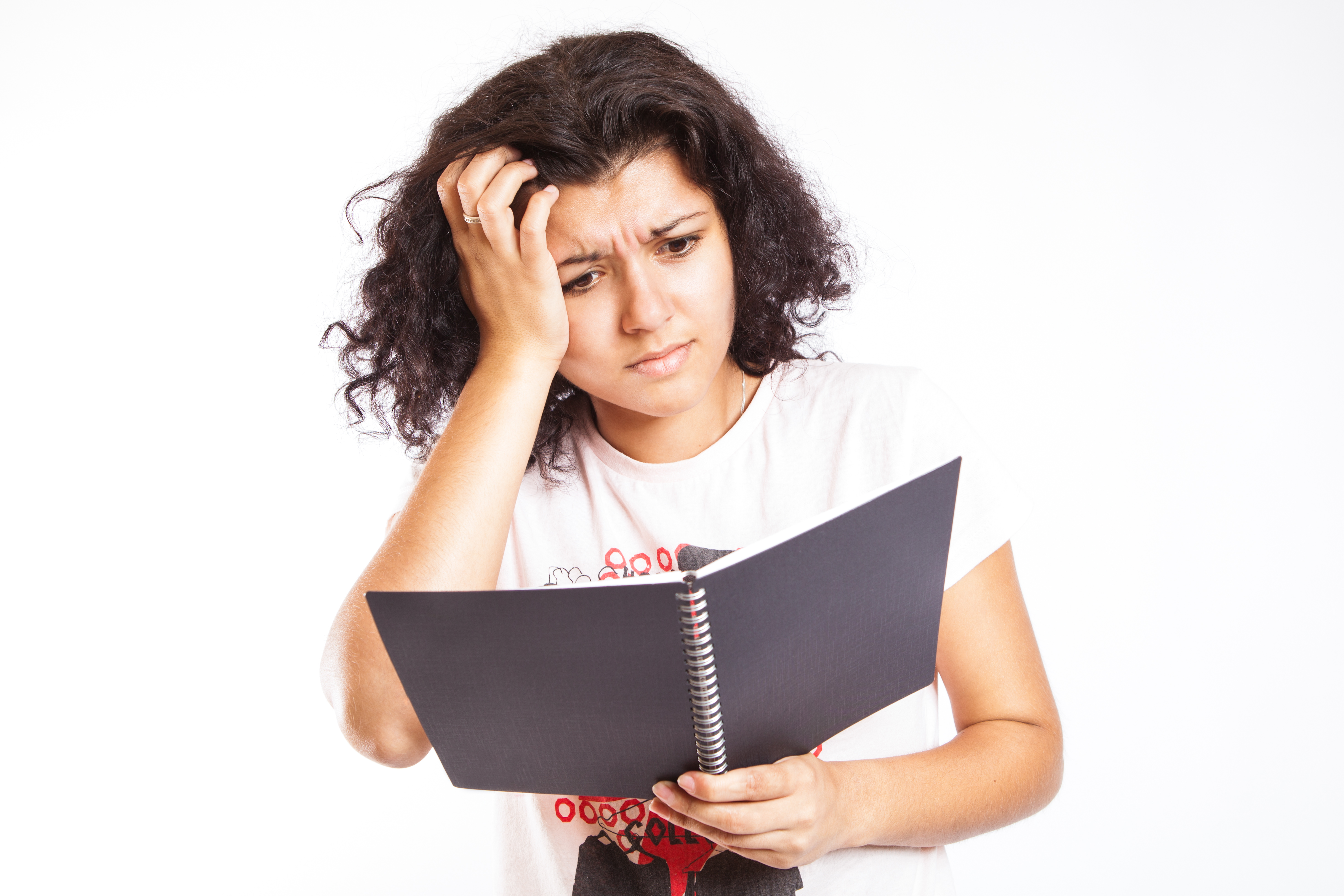The world of Pay Per Click marketing can be confusing; you just wanted to know about advertising on Google and suddenly you’re met with phrases like ‘click-through’, ‘keywords’, ‘ad copy’ and ‘bounce’. If you’re not sure how an activity done on a trampoline has anything to do with pay per click advertising, read on…
*We recommend bookmarking this article for reference the next time you’re stuck*
THE BASICS
Paid Search
Another term for ‘PPC Marketing’. It means that a company pays to show up in search results. Its opposite is ‘organic search’; when a company shows up in search results without paying for it. See our series on Search Engine Optimization.
Keyword
The phrase used by a potential customer to find information through a search engine. For instance, ‘blue cars sydney’ or ‘cheap tyres’. Keywords are crucial to the success of PPC Campaigns.
Ad
The headline, words and link that shows up to the searching customer.
Ad Copy
The words written for the advertisement. ‘Copy’ is an advertising term for ‘words’.
SERP
SERP stands for Search Engine Results Page. This is the term for the page your customer sees when they perform a search in the search engine. You can see an example by typing any words into Google.com and hitting enter.
Adwords
Google’s PPC search software. Adwords allows you place advertisements in Google’s search pages. You’ll be very familiar with this software aftera while!
THE PPC DASHBOARD
Metrics
The measurements used to tell you how well your advertisement is doing.
Bid
The amount of money you are willing to pay for every person who clicks on your advertisement.
Ad Groups
In Adwords, you can group your advertisement into two layers. This helps for organisation if you are running lots of advertisements. Ad Groups are a subgroup under campaigns and do not show the same level of metrics as campaigns.
Campaign
A campaign can refer to one advertisement or a group of advertisements. Campaign also refers to a ‘level’ of grouping within Adwords. When you begin your advertising through PPC you will start a campaign. We recommend starting separate campaigns for each specific target market you want to hit. For instance, if you run a furniture store, you want to keep a campaign focussing on ‘wooden dining tables’ separate from one focusing on ‘plastic chairs’.
Click-through Rate (CTR)
This is the percentage of people who click on your ad after it shows up on the SERP (Search Engine Results Page). You want a high click through rate but beware that typical percentages are around 2%.
Impressions
This is the number of times your advertisement has shown up in the search results.
Impression Share (IS)
This is the number of times your advertisement could have shown up in search results. In the fourth article in this series we will discuss how to increase your Impression Share.
CPC
CPC stands for Cost Per Click. It is the average amount you paid per person who clicked on your advertisement. You want to make sure that the amount you pay per click is worth it; are you receiving the sales to make it worth spending that money?
Quality Score
This is the quality rating that Google Adwords gives your advertisement. A high quality score increases the likelihood that your ad will show up in a good position on the SERP. There a number of things you can do to increase your Quality Score. This will be discussed in the last article of this series.
First Page Bid
This is the average amount of money companies are bidding to get displayed on the first page. You want to ensure that your bid is matching or above this amount, otherwise your ad will never show up on the front page of search results.
YOUR WEBSITE
Conversion
The number of visitors to your website who complete a desired action (ie: buying something, signing up or calling). You want high conversion rates.
Bounce
When a person lands on your webpage and leaves it by going somewhere else or clicking the back button almost immediately. You want a low bounce rate. It means people are happy to land on your website because it is what they were looking for.
Landing Page
The webpage a person ‘lands’ on after clicking on an advertisement. Most people settle for their home page as the landing page but it’s actually better to make it a more particular landing page that directly gives the customer what they are looking for.
Content
The words, picture and videos you place on your website. A customer is looking for relevant content.
Optimisation
Activity designed to make your PPC advertising perform better. A ‘highly optimised’ pay per click marketing campaign means it has a number of elements that make it generate good results.
Did we miss any words you’re confused on? What about words you used to be confused on? List them below and share your knowledge with our pay per click marketing community. Our next article in this series provides you with tips for writing great PPC advertisements.
If you want to get more involved, take advantage of our pay per click services by contacting Complete Cloud today.
For updates join us at Google+



